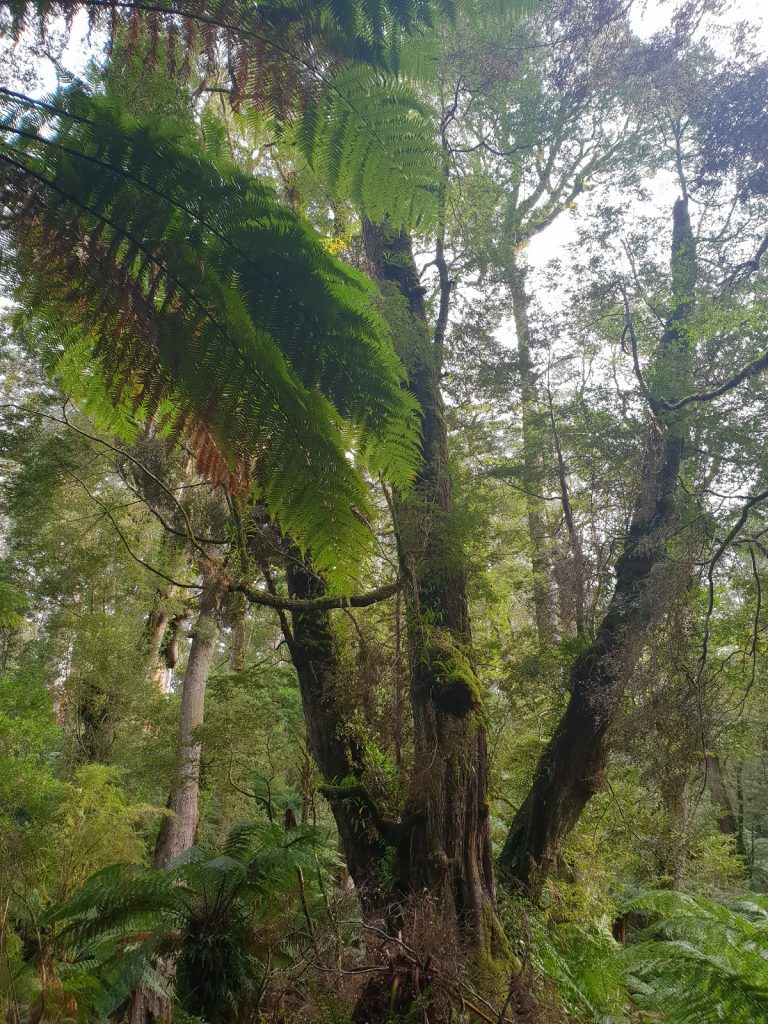Why We Are in a Climate Emergency and What You Can Do About it

Have you noticed that more and more people are becoming climate aware?
More and more of us are talking about climate change and what we have to do to stop, or at least slow down, this impending doom. But this is not the time to be talking about ‘climate change’ anymore, it is the time to be talking about our ‘climate emergency’.
The Climate Emergency Declaration website has some fantastic resources and facts. The goal of the Climate Emergency Declaration, is to push governments to ‘declare a climate emergency and mobilise society-wide resources at sufficient scale and speed to protect civilisation, the economy, people, species, and ecosystems.’
Key Climate Emergency Goal Elements
- Building public awareness that we are in a climate emergency which threatens life as we know it. We can’t take appropriate action if we don’t recognise we are in an emergency.
- Demanding that governments declare a climate emergency as a public signal indicating that governments and society will be mobilised in emergency mode until the emergency passes.
- Demanding a climate mobilisation of sufficient scale and speed to protect everything we want to protect. War-time mobilisation examples indicate how quickly and thoroughly ‘business-as-usual’ and ‘reform-as-usual’ can change when we rise to the challenge of dealing with an existential threat.
“It’s a climate emergency. The whole world is watching as global temperature records are shattered, and one of the Earth’s true natural wonders, the Great Barrier Reef, bleaches and dies. The climate emergency we’ve been talking about for 30 years is upon us. We really have entered the phase of now or never. Our actions now determine the world our children and grandchildren will live in. We’ll need to be strong to hold our state and federal governments to account and ensure they rise to the crisis.”
Mark Wakeham, CEO, Environment Victoria
We are already here. The emergency is now. Swapping out single-use plastic is so important. Being a conscious consumer and buying less, buying ethical and buying local is important. Avoiding palm oil is important. All of the current environmental issues facing our world are important. But climate change underpins it all. Using bamboo toothbrushes and taking our own cups and bags, will mean nothing, if we do not change our current greenhouse gas emissions.
We have 10 years. A tiny window which will soon slam in our faces. So how do YOU, as one small individual, address this HUGE issue? It’s easy to go waste free and recycle and think you have done it all, but climate change? How does one little person do anything about it?
Why We Are in a Climate Emergency and What You Can Do About it
- VOTE with climate – we are about to vote for leadership in Australia. Vote for things like #stopadani vote for real change to our energy infrastructure and real climate policy – other countries are doing this as we speak. We need to vote for those who will take this seriously as the most critical issue we face. Without addressing the climate emergency with real action, nothing else matters.
- Reduce your own emissions – change to a hybrid or electric car, walk, ride, use public transport and car pool.
- Get solar at home – if you are able, add solar panels and a storage battery at home, or look at how you can best access renewable energy. We used a loan programme to install panels and a battery and have reduced our reliance on the grid by 70%.
- Reduce your energy use – as much as possible – use smart appliances, think about how you consume energy. Use energy efficient lighting and appliances. Switch off appliances and lighting when not in use. Insulate and get advice on other ways to heat and cool your home effectively.
- Compost or green waste your food scraps – Reduce your food waste in the first place. Methane is doing 30% more damage to the ozone layer than co2. As well, the costs on the environment of producing, processing and transporting our food, are enormous, and many people do not have enough food. Do not waste this precious commodity.
- Reduce your meat consumption – as per the above, animals farmed for meat produce large amounts of methane, as well as their impact from land clearing for agriculture and water used.
- Plant trees – LOTS of trees. And fight against those who would slash our old-growth forests. These are VITAL to our survival. Most people realise that trees have an important part to play in the environment, but often do not realise the real extent of the benefits of trees. They provide oxygen and limit carbon in the atmosphere. They reduce air pollution, provide food and shelter for wildlife, minimise erosion and maintain healthy soil, increase rainfall, and absorb sunlight as energy. Basically, trees are an essential component of life on Earth. Tees can have a dramatic effect on the weather systems. Because of how big they are and the extent of their root structures, they often push large amounts of water out of the ground. As they sit in the sunlight, a large amount of this water evaporates through the leaves into the atmosphere. So, forests create rain. A forest of trees can create a significant amount of the rainfall it needs for its own and the entire ecosystem’s survival. Virtually all the energy on planet earth comes from the sun, and trees are the most effective living organisms at transferring that light into energy. Trees actually collect as much as 50% of all energy collected by life from the sun.
- Refuse, Reduce, Reuse, Recycle – Buying products with minimal packaging and buying less and buying secondhand, will all help to reduce the emissions involved in the production of the items you use in your life. Refuse to buy any products that have slashed forests or destroyed habitats, to make them, such as palm oil. Refuse things you don’t need. Refuse anything that harms people and planet in its production.
- Shop local – buying food, clothing and other things you need that have been made locally, reduces your carbon footprint in the production and transport to you.
- Get involved in local conservation and tree planting groups – healthy ecosystems create a more resilient planet and make you feel better too. Get involved in meetings and action groups for the environment. Start your own. Use your social media platforms to share stories and facts. Engage with other people in the fight to save our world.
This is not a practice run. This is not a ‘nice thing to do’. This is not a ‘greenies going over the top’. This is the survival of the human race. If you are middle-aged like me, you will see the impacts of climate change. But they will be nothing compared to what our children and their children, will face. We are stealing our children’s futures. We must act now.
“The unprecedented rate of global warming is melting the polar ice caps, raising sea levels and undermining food and water security for many of the world’s peoples. Action has been too slow, because economics has trumped physics. Now emergency action is the only rational response.”
David Spratt, science author
In an emergency, the following steps are recommended:
- Prevention
- Preparedness
- Response and
- Recovery.
We can not do this alone – we can make a difference together, but we need governments and industries across the world to make the changes we need. The Resilient Community Organisations website states that ‘leaders in organisations need to know their roles and responsibilities in each phase of the emergency management cycle and lead their organisation through them.’
These steps include:
Prevention – actions undertaken in advance. Sometimes this is referred to as mitigation. Examples include back-burning or constructing sea walls to protect from tidal waves, having alternative sources of electricity or alternative communication systems in place. Prevention activities should be happening all the time.
Preparedness – making arrangements, creating and testing plans, training, educating and sharing information to prepare communities should an emergency eventuate. These are also ACTIONS and they are happening all the time.
Response – the assistance and intervention during or immediately after an emergency. Focus is on saving lives and protecting community assets (buildings, roads, animals, crops, infrastructure). Usually measured in hours, days or weeks.
Recovery – the coordinated process of supporting emergency-affected communities in reconstruction of physical infrastructure and restoration of emotional, social, economic and physical wellbeing. Usually measured in months and/or years.
If we are indeed in a climate emergency, our leaders must step up and instigate such an emergency response plan. The UK have just announced a Climate Emergency and the Greens are pushing for that here in Australia. Announcing it is the first step – then they must set an action plan into motion.
There is no Planet B. Let’s make sure we save her. Raise your voice, use your brain, get stuck in, stand up and reach out to others. This will also help ease your eco-anxiety and hold you in good stead as we work to solve this crisis together.
Helen
